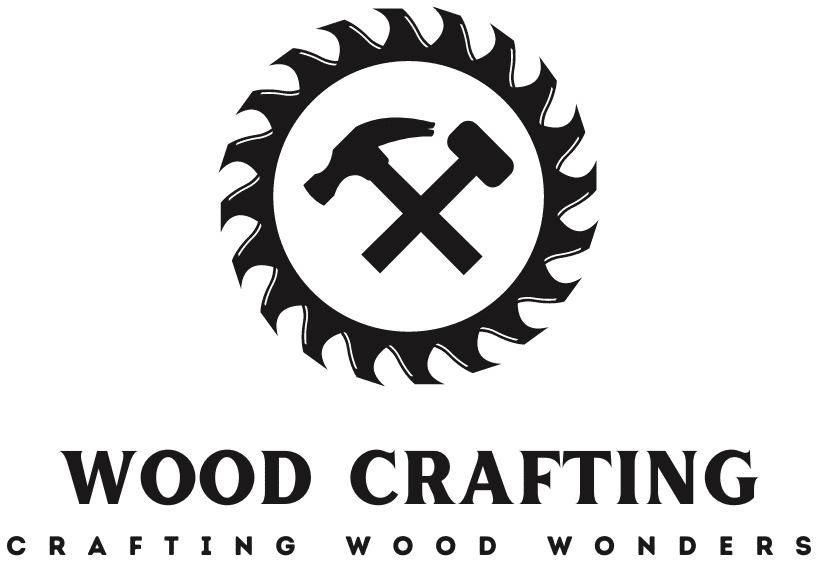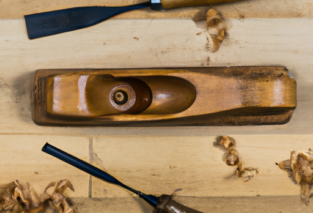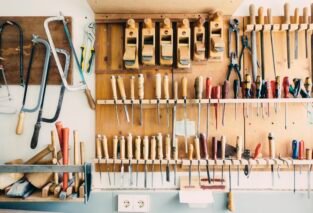In this article, you will learn some helpful tips and techniques for properly maintaining and sharpening your woodworking tools. We will discuss the importance of regular maintenance, such as cleaning, lubricating, and storing your tools properly. You will also discover different methods for sharpening your tools, including using sharpening stones or honing guides. By the end of this article, you will have all the knowledge you need to effectively care for and enhance the performance of your woodworking tools.
Why is Proper Maintenance and Sharpening Important for Woodworking Tools?
Proper maintenance and sharpening play a crucial role in ensuring the optimal performance and longevity of your woodworking tools. Without regular upkeep, these tools can become dull, inefficient, and even dangerous to use. By taking the time to care for and sharpen your woodworking tools, you can enhance their performance, improve safety, and extend their lifespan.
Enhances tool performance and efficiency
Maintaining and sharpening your woodworking tools ensures that they operate at their best. Over time, tools can become dull and lose their cutting edge, resulting in less precise cuts and slower work progress. By regularly sharpening your tools, you’ll be able to maintain their sharpness, allowing for smoother cuts, faster work, and greater precision.
Improves safety
Dull woodworking tools can be extremely hazardous. When a tool is not sharp, you may be inclined to apply excessive force, increasing the risk of slips, accidents, or unintended injuries. Proper maintenance and sharpening help reduce the likelihood of accidents by ensuring that your tools are in optimal condition and require less force to use. Sharp tools ensure cleaner cuts, minimizing the chances of wood tear-outs, which can result in injury.
Extends the lifespan of the tools
Investing in high-quality woodworking tools can be quite expensive, so it’s essential to extend their lifespan as much as possible. Regular maintenance and sharpening can significantly increase the lifespan of your tools, saving you money in the long run. By keeping your tools in good condition and sharpening them when necessary, you can avoid costly replacements and repairs.
Understanding the Different Woodworking Tools
Before delving into the maintenance and sharpening techniques, it’s crucial to understand the different types of woodworking tools commonly found in workshops.
Hand tools
Hand tools are manually operated tools that are essential for woodworking. These tools include chisels, handplanes, saws, files, rasps, and sandpaper. Hand tools require regular maintenance and sharpening to maintain their performance and longevity.
Power tools
Power tools, such as table saws, circular saws, routers, and drills, are designed to make woodworking tasks easier and more efficient. While these tools may not require frequent sharpening, they still require regular maintenance to keep them in optimal working condition.
Specialized tools
Specialized woodworking tools, such as carving knives, mortising machines, and dovetail jigs, are more specific in their function and require unique maintenance and sharpening techniques. Understanding the peculiarities of these specialized tools is crucial to preserving their performance and ensuring their longevity.
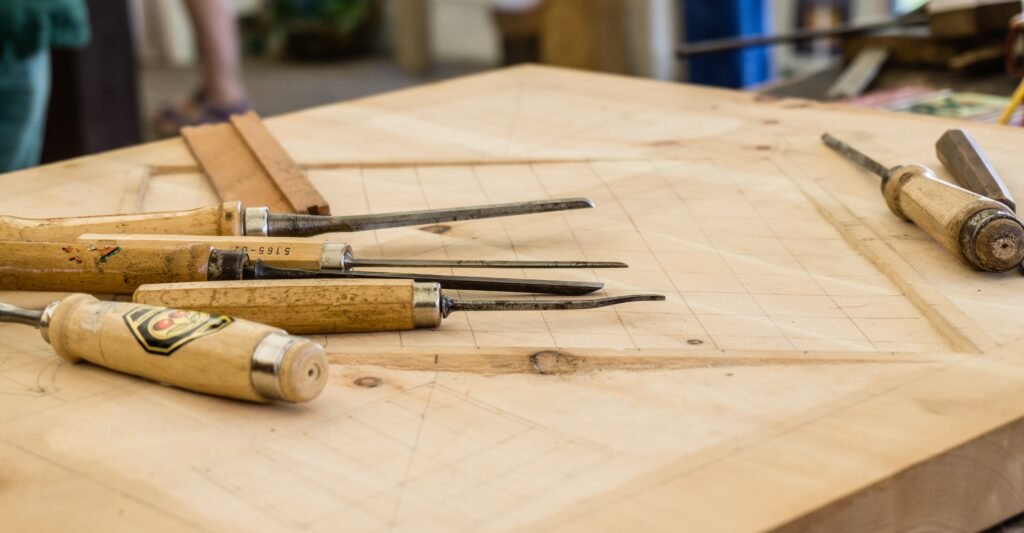
Basic Cleaning and Maintenance Practices
Before diving into the specifics of sharpening, it’s vital to establish a baseline for general cleaning and maintenance practices that should be followed for all woodworking tools.
Removing dust and debris
Woodworking generates a significant amount of dust and debris. Failing to remove these particles from your tools can affect their performance and functionality. After each use, make sure to thoroughly clean your tools by removing any dust or debris that may have accumulated. Use a brush or compressed air to clean hard-to-reach areas.
Applying lubrication
Applying lubrication is vital for the smooth functioning of various woodworking tools. Lubricants help prevent rust and corrosion, as well as reduce friction on moving parts. After cleaning your tools, apply a light coat of lubricant, such as machine oil or tool wax, to protect them from moisture and ensure smooth operation.
Inspecting for damage
Regularly inspecting your tools for any signs of damage is essential. Look for cracks, chips, or any other visible defects that may affect their performance or pose a safety hazard. If you notice any damage, address it immediately to prevent further deterioration.
Storing tools properly
Properly storing your woodworking tools is crucial for their longevity and maintenance. Store them in a cool, dry place, preferably in a tool cabinet or box. This protects them from moisture, which can cause rust or corrosion. Use appropriate tool racks or organizers to keep your tools organized and prevent unnecessary damage.
Sharpening Techniques for Woodworking Tools
Sharpening woodworking tools is a skill that every woodworker should master. Here are some techniques for sharpening different types of tools:
Choosing the right sharpening tools
Every woodworking tool has unique sharpening requirements, so it’s essential to choose the right sharpening tools for the job. Common sharpening tools include sharpening stones, honing guides, diamond plates, and strops.
Sharpening hand tools using sharpening stones
Hand tools such as chisels and planes require regular sharpening to maintain their cutting edge. The most common method for sharpening hand tools is using sharpening stones. Start by soaking the stone in water for a few minutes and then place it on a stable surface. Hold the tool at the correct sharpening angle and move it back and forth across the stone in a smooth, controlled motion.
Sharpening power tool blades
Power tool blades, such as those found on table saws, circular saws, and planers, can also become dull over time. Many power tools come with built-in sharpeners or replaceable blades. Follow the manufacturer’s instructions for sharpening these blades or consider replacing them if they are excessively worn or damaged.
Sharpening specialized woodworking tools
Specialized woodworking tools, such as carving knives and mortising chisels, have unique sharpening requirements. Consult the manufacturer’s guidelines or seek advice from experienced woodworkers to ensure you are using the correct sharpening techniques for these tools.
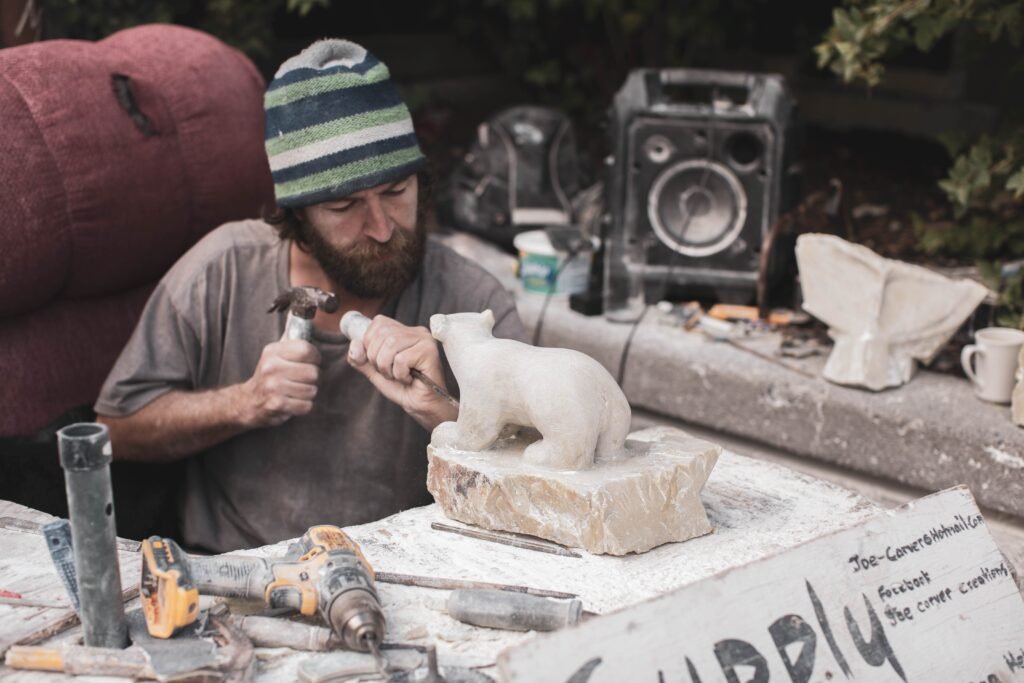
Tips for Maintaining Specific Woodworking Tools
Different woodworking tools have their own specific maintenance requirements. Here are some tips for maintaining some common woodworking tools:
Maintaining chisels and planes
Regularly check the cutting edge of your chisels and planes to ensure they are sharp. If necessary, sharpen them using a sharpening stone or an appropriate sharpening tool. Additionally, lubricate the moving parts of planes to ensure smooth operation.
Caring for table saws and circular saws
Clean the table surface and remove any debris before and after using table saws or circular saws. Check the blade alignment and ensure it is properly tightened. Lubricate any moving parts as per the manufacturer’s instructions. Regularly clean and replace the dust collection system to ensure optimal performance.
Keeping drill bits sharp
Dull drill bits can result in inaccurate holes and splintered wood. Use a drill bit sharpener or a bench grinder to sharpen your drill bits when they become dull. Ensure that you maintain the correct angle and remove an equal amount of material from each cutting edge.
Maintenance of router bits
After each use, clean your router bits thoroughly, removing any residue or debris. Inspect them for any signs of damage, such as chips or cracks, and replace any damaged bits. Lubricate the bearings regularly to ensure smooth routing operations.
Common Mistakes to Avoid when Maintaining and Sharpening Woodworking Tools
Although the maintenance and sharpening of woodworking tools are crucial, there are some common mistakes that woodworkers should avoid:
Using improper sharpening techniques
Using improper sharpening techniques can damage your tools rather than sharpen them. Always follow the manufacturer’s guidelines or seek advice from experienced woodworkers when sharpening your tools. Using the wrong angle or applying too much pressure can result in uneven sharpening or even chipping the tool’s edge.
Neglecting regular maintenance
Regular maintenance is key to extending the lifespan of your woodworking tools. Neglecting this maintenance can lead to deteriorating tool performance, damage, and safety hazards. Make it a habit to clean, lubricate, and inspect your tools regularly to ensure they are always in optimal condition.
Storing tools in a damp environment
Moisture is the enemy of woodworking tools. Storing your tools in a damp environment can cause rust, corrosion, and damage. Always store your tools in a cool, dry place and consider using a dehumidifier if necessary.
Overlooking safety precautions
Woodworking tools can be dangerous when not used correctly or when proper safety precautions are overlooked. Always wear appropriate protective gear, such as safety glasses, gloves, and hearing protection, when maintaining or sharpening your tools. Ensure you work in a well-ventilated area to avoid inhaling harmful dust or fumes. Follow the manufacturer’s instructions and take the necessary safety measures to prevent accidents and injuries.

Seeking Professional Help for Maintenance and Sharpening
While maintaining and sharpening woodworking tools can be done by DIY enthusiasts, there may be instances where seeking professional help is beneficial.
Benefits of professional services
Professional maintenance and sharpening services have the expertise and specialized equipment to ensure your tools are properly serviced. They can diagnose issues, perform intricate repairs, and provide the necessary adjustments to bring your tools back to optimal working condition.
When to consider professional maintenance
Consider seeking professional maintenance if you encounter major issues with your woodworking tools, such as significant damage or complex repairs. Additionally, if you lack the necessary knowledge or skills to properly maintain or sharpen your tools, professional services can ensure your tools are well taken care of.
Organizing a Woodworking Tool Maintenance Schedule
Establishing a regular maintenance routine for your woodworking tools can help ensure you stay on top of their upkeep. Here are some steps to help you organize a tool maintenance schedule:
Creating a checklist
Create a checklist of maintenance tasks specific to each tool in your workshop. This checklist should include cleaning, lubrication, inspection, and sharpening instructions for each tool. Having a checklist ensures that no tool is forgotten or overlooked during maintenance.
Setting a regular maintenance routine
Set a regular maintenance routine based on the frequency of tool use and manufacturer guidelines. Some tools may require monthly maintenance, while others may require more regular attention. A consistent maintenance routine helps prevent neglect and ensures your tools are always in peak condition.
Tracking maintenance activities
Keep a log or journal of your maintenance activities for each tool. This will help you track when a specific tool was last maintained, making it easier to plan and prioritize future maintenance tasks. Tracking your maintenance activities also provides valuable information for troubleshooting or identifying patterns of wear and tear.
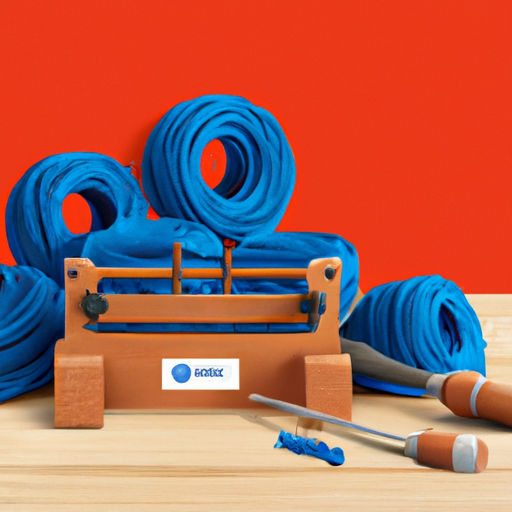
Safety Precautions for Woodworking Tool Maintenance and Sharpening
Safety should always be a priority when maintaining and sharpening woodworking tools. Here are some safety precautions to follow:
Wearing appropriate protective gear
Always wear the appropriate protective gear when maintaining or sharpening your woodworking tools. Safety glasses, gloves, and hearing protection are essential to prevent eye injuries, cuts, and exposure to loud noises.
Using tools in a well-ventilated area
Woodworking generates dust and potentially harmful fumes. Ensure you work in a well-ventilated area or consider using dust collection systems or masks to protect yourself from inhaling dust particles or toxic substances.
Following manufacturer instructions
Always follow the manufacturer’s instructions when maintaining or sharpening your tools. They provide valuable guidance on how to properly care for your tools and use any specialized sharpening equipment.
Avoiding distractions during maintenance
Maintaining and sharpening woodworking tools requires focus and attention to detail. Avoid distractions, such as phone calls or other tasks, that may lead to mistakes or accidents. Dedicate your full attention to the task at hand to ensure your safety and the proper care of your tools.
Conclusion
Regular maintenance and sharpening are essential for woodworking tools to perform optimally, improve safety, and extend their lifespan. By understanding the different types of woodworking tools, practicing proper cleaning and maintenance techniques, and following safety precautions, you can ensure that your tools are efficient and last longer. Invest the time and effort into maintaining and sharpening your woodworking tools, and you’ll enjoy the benefits of increased productivity, enhanced safety, and savings in the long run.

